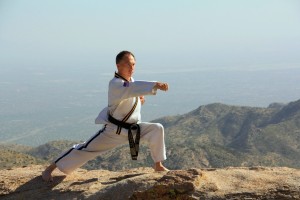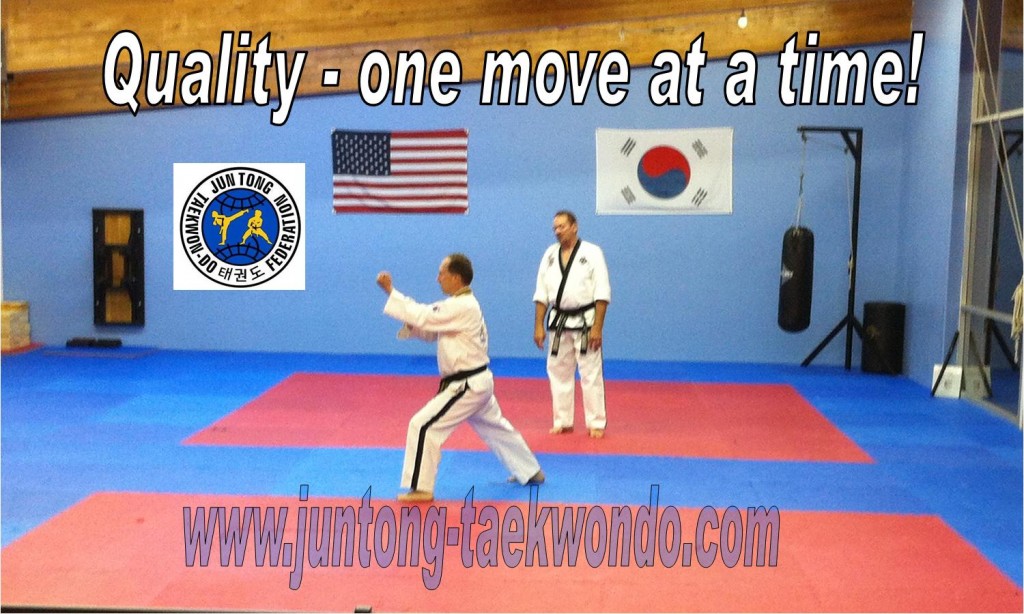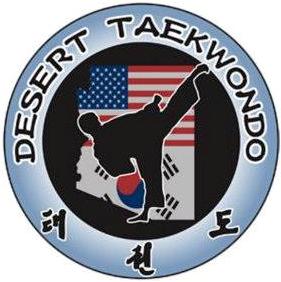Patterns and Forms = The Road to Excellence!
Patterns and Forms = The Road to Excellence!
by Brian R. Malm, 7th Dan

Taekwon-Do, just like most martial arts such as Karate and Kung Fu, teaches the practitioner a series of blocks and attacks commonly called a ‘Form’ or ‘Pattern’ (Tul, Hyung, or Poomse in Korean and Kata in Japanese). Here they are with a brief explanation: General Choi Hong Hi describes 9 points to be observed while performing patterns in his 15 volume Encyclopedia of Taekwon-Do. The term ‘pattern’ comes from the diagram the practitioner makes on the floor while executing the various techniques. They often have significance based on the meaning of the name or history of the pattern. Each pattern has it’s own combination of attack and defensive techniques that teach the practitioner to defend in various directions from multiple ‘imaginary’ opponents. General Choi Hong Hi refers to Patterns being “Platoon Tactics” in his article on the Composition Of Taekwon-Do in Volume One of the Encyclopedia of Taekwon-Do. Patterns get more complex and intricate in direct correlation to the rank the practitioner earns. This means the basic pattern of Chon-Ji is simple compared to Choong-Moo that last colored belt pattern before black belt.
The 9 points to be observed while performing patterns (forms):
- Accuracy – a pattern/form should begin and end on the same spot. This means that wherever you start you should finish! If your stances are not equal, your directions not straight, or you add or delete a move or two you will miss your starting/ending point.
- Correct posture and facing should be maintained at all times. This means your body should be facing the correct direction according to the instructions and proper posture and body alignment are crucial to performing it correctly.
- The muscles of the body should be tensed and relaxed at the proper moments. This means you need to learn proper muscle control and understand the mechanics of each technique. Too tight you lose power, and too loose you lose power as well. Please refer to my article on the 9 training secrets to gain more insight.
- A form should be performed in rhythmic movements with an absence of stiffness. This means you learn to relax and tighten in proper timing and rhythm to create power and speed.
- Moves should be accelerated and decelerated according to the instructions. This refers to the finer points of each pattern. You learn to speed up and slow down to accentuate the technique in the manner the pattern was developed. This teaches many things: focus, muscle control, timing, balance, etc.
- Each pattern should be perfected before going on to the next. This is very important because each pattern utilizes techniques and knowledge from previous patterns to advance the student to a new level. If the student hasn’t perfected the pattern yet he will not only have a difficult time grasping the concepts of the new pattern but will have difficulty executing the moves without the proper foundation.
- Students should know the purpose of each movement. This refers to application of the attack and defense techniques in each pattern. In your mind you should be fighting with an imaginary opponent who you are utilizing various blocks, attacks, and movement against to learn how to apply each technique effectively.
- Students should perform each move with realism. This is a continuation of #7 where you use the various techniques from each pattern against an imaginary opponent in a realistic manner. In this fashion each move should be strong and powerful with intent, yet graceful and fluid with the feeling of proper timing, balance, and accuracy. Each technique should utilize the elements of power with proper hips, stance, focus, reaction force, and speed.
- Attack and defense techniques should be equally distributed among the left and right hands and feet. This teaches the student balance. One must be able to defend oneself from both the right and left. If only one side is practiced then if caught off guard on your unpracticed side you are likely to fail to defend yourself. Only by training both sides of the body equally can we be assured we are training for our full potential.
Patterns are only a part of the Taekwon-Do curriculum, but it is an integral part where you learn fundamental movement, blocks, attacks, balance and body shifting, direction of attack and defense, build muscle, and even how to focus better. It is also something the student can do on their own without a partner! This way in the privacy of your own home, the backyard, a park, or even in you mind you can train Taekwon-Do by yourself. By working by yourself and perfecting each motion your body gets stronger with better balance, and you improve. Some moves are in almost EVERY pattern – like punches. When you perfect your punch in Chon-Ji you perfect your punch when you do ALL your patterns, and in your sparring and breaking as well. As you perfect each move you start on the road to excellence! The journey of a 1000 miles begins with a single step. Therefore: The road to EXCELLENCE begins with a single technique…





